"About Puer Tea." Seven Cups Fine Chinese Teas. Tucson, AZ: Green Dragon Enterprises LLC. Retrieved August 27, 2014.
- Available at: http://www.sevencups.com/about-tea/puer-tea/
"About Puerh." Horse Road Tea. Retrieved August 28, 2014.
- Available at: http://www.horseroadtea.com/puerh.html
"About Pu-Erh Teas." Puerh Tea. Retrieved August 28, 2014.
- Available at: http://www.pu-erhteas.com/about/
"The Ancient Tea Road." China Central Television. Retrieved August 28, 2014.
- Available at: http://english.cntv.cn/program/documentary/special/ancient_tea_road/
"Ancient Tea-horse Road." Amazing Tibet Travel: Tibet Attractions. Retrieved August 28, 2014.
- Available at: http://www.amazingtibettravel.com/tibet-attractions/ancient-tea-horse-road.htm
Beckwith, Sebastian. February 2010. "Trip to Visit Old Tea Trees in Laos." The Tea Horse Road. Retrieved August 28, 2014.
- Available at: http://article.wn.com/view/2014/02/21/The_Tea_Horse_Road/
"Black Puer Tea." Pure Puer. Retrieved August 28, 2014.
- Available at: http://purepuer.com/puer_tea/do/category/black_puer_tea
Brahm, Laurence J. 1 September 2008. Conversations with Sacred Mountains: A Journey Along Yunnan's Tea Caravan Trail. New World Press.
Forbes, Andrew; and Henley, David. 19 July 2011. China's Ancient Tea Horse Road. Cognoscenti Books.
Fuchs, Jeff. 30 June 2008. The Ancient Tea Horse Road: Travels With the Last of the Himalayan Muleteers. Renouf Publishing Co. Ltd.
Fuchs, Jeff. "Hu Kai: A Tea of the Soul." Templar Food Products: Blog. New Providence, New Jersey. Retrieved August 28, 2014.
- Available at: http://icedtea.com/tea-industry/2011/hu-kai-a-tea-of-the-soul/
Fuchs, Jeff. Summer 2008. "The Tea Horse Road." The Silk Road 6(1):63-71.
Fuchs, Jeff. 1 December 2010. "Tea's Ancient Trees." Templar Food Products: Blog. New Providence, New Jersey. Retrieved August 28, 2014.
- Available at: http://icedtea.com/tea-industry/2010/tea%E2%80%99s-ancient-trees/
Gary. 22 January 2012. "To the Source of Tea: The Ancient Tea Groves of Menghai County." China Watch 2050. Retrieved August 28, 2014.
- Available at: http://www.chinawatch2050.com/to-the-source-of-tea-the-ancient-tea-tree-groves-of-menghai-county
Goodwin, Lindsey. "Pu-erh Tea." About.com: About Food > Coffee/Tea > Glossary of Coffee, Tea, Tisane & Hot Chocolate Terms. Retrieved August 28, 2014.
- Available at: http://coffeetea.about.com/od/glossaryofterms/g/PuerTea.htm
Goodwin, Lindsey. "Pu-erh Tea." About.com: About Food > Coffee/Tea > Tea & Tisane 101 & FAQ's. Retrieved August 28, 2014.
- Available at: http://coffeetea.about.com/od/teaandtisanebasics/ig/Tea-Types/Puer-Tea.htm
Goodwin, Lindsey. "What Is Pu-erh Tea?" About.com: About Food > Coffee/Tea > Types of Teas & Tisanes ("Herbal Teas"). Retrieved August 28, 2014.
- Available at: http://coffeetea.about.com/od/typesoftea/a/Pu-Erh-Tea.htm
Goullart, Peter. 1957. Forgotten Kingdom. London, England: John Murray. Retrieved August 28, 2014.
- Available at: http://pratyeka.org/books/forgotten_kingdom/
"Green Puer Tea." Pure Puer. Retrieved August 28, 2014.
- Available at: http://purepuer.com/puer_tea/do/category/green_puer_tea
"History of Pu-erh Tea." Pu-erh Tea. Kunming, Yunnan, China. Retrieved August 28, 2014.
- Available at: http://pu-erhtea.com/History.htm
Horton, Chris. 11 August 2010. "Interview: Jeff Fuchs." Go Kunming. Retrieved August 28, 2014.
- Available at: http://www.gokunming.com/en/blog/item/1732/interview_jeff_fuchs?date=2014-02-07
"Huang Ya Cha: A Rare Tea from the Mannong Ancient Tea Association in Yunnan." Canton Tea Company. Retrieved August 28, 2014.
- Available at: http://www.cantonteaco.com/huang-ya-cha.html
Jenkins, Mark. May 2010. "The Forgotten Road." National Geographic Society. Retrieved August 28, 2014.
- Available at: http://ngm.nationalgeographic.com/print/2010/05/tea-horse-road/jenkins-text
"La route du thé." Les Écrans de Chine: Festival de documentaires chinois du 21 au 30 janvier 2012. Retrieved August 28, 2014.
- Available at: http://festivalchine.wordpress.com/about/la-route-de-the/
"Miracle Weight Loss Tea from China - How Pu-erh Tea Can Help You Shed Pounds." Teavivre: Tea Info. Retrieved August 28, 2014.
- Available at: http://www.teavivre.com/info/pu-erh-tea-weight-loss/
"Natural Tea for Your Health." Pure Puer. Retrieved August 28, 2014.
- Available at: http://purepuer.com/puer_tea/do/page/more
"Pu-erh Tea." Rishi Tea. Retrieved August 28, 2014.
- Available at: http://www.rishi-tea.com/category/pu-erh-tea
"Pu-erh Tea." WebMD: Vitamins & Supplements > Find a Vitamon or Supplement. Retrieved August 28, 2014.
- Available at: http://www.webmd.com/vitamins-supplements/ingredientmono-1169-PU-ERH%20TEA.aspx?activeIngredientId=1169&activeIngredientName=PU-ERH%20TEA
"Pu-erh Tuocha." Puerh Shop. Troy Michigan. Retrieved August 28, 2014.
- Available at: http://www.puerhshop.com/index.php?main_page=index&cPath=9&zenid=k5aa3vgjes7tug1it7hl9c52p5
"Puer Slideshow." Pure Puer. Retrieved August 28, 2014.
- Available at: http://purepuer.com/puer_tea/do/category/puer+slideshow
Stein, Andrew. 12 July 2010. "The Ancient Tea Trees of Southern Yunnan." WildChina Blog. Retrieved August 28, 2014.
- Available at: http://www.wildchina.com/blog/2010/07/the-ancient-tea-trees-of-southern-yunnan/
"Tea Horse Road and Tea History." Horse Road Tea. Retrieved August 28, 2014.
- Available at: http://www.horseroadtea.com/tea-horse-road-tea-history.html
"Tea-Horse Trade Route." Tibetan Trekking Travel Co. Ltd. Retrieved August 28, 2014.
- Available at: http://tibetantrekking.com/tibet/history/tea-horse-trading-route/
"the 26 Mountains of Yunnan." The Leaf Tea & Tao Magazine. Retrieved August 28, 2014.
- Available at: http://www.the-leaf.org/The_26_Mts_of_Yunnan.html
Weise, Kai. 21 February 2014. "The Tea Horse Road." The Himalayan. Retrieved August 28, 2014.
- Available at: http://www.thehimalayantimes.com/fullNews.php?headline=The+Tea+Horse+Road&NewsID=406704
WildChina. 15 August 2014. "Yunnan's Ancient Tea & Horse Caravan Road." WildChina Blog. Retrieved August 27, 2014.
- Available at: http://www.wildchina.com/blog/2014/08/yunnans-ancient-tea-horse-caravan-road/
Yang Fuquan. "The 'Ancient Tea and Horse Caravan Road,' the 'Silk Road' of Southwest China." The Silk Road. The Silk Road Foundation Newsletter. Retrieved August 27, 2014.
- Available at: http://www.silkroadfoundation.org/newsletter/2004vol2num1/tea.htm
Zhang, Jinghong. 12 September 2013. Puer Tea: Ancient Caravans and Urban Chic.Unniversity of Washington Press: Culture, Place, and Nature / A China Program Book.
Zheng Limin. 11 May 2012. "Richness, Diversity and Natural Beauty on the Tea Horse Road." China Central Television: Documentary > CCTV-9 Documentary English > Special Series. Retrieved August 27, 2014.
- Available at: http://english.cntv.cn/program/documentary/20120511/109314.shtml


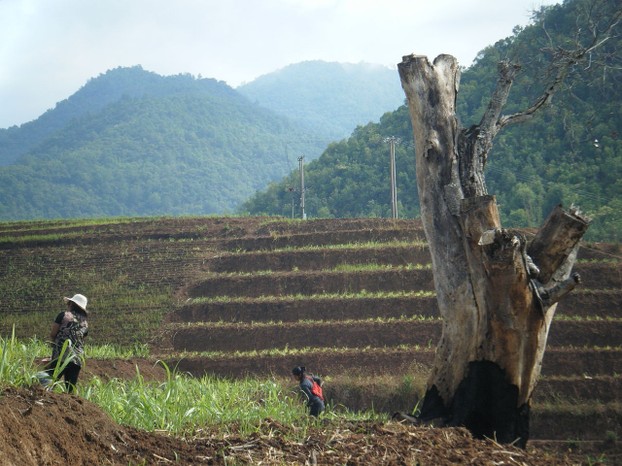
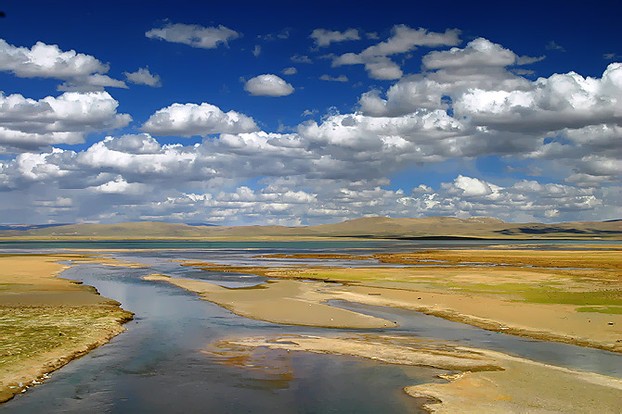
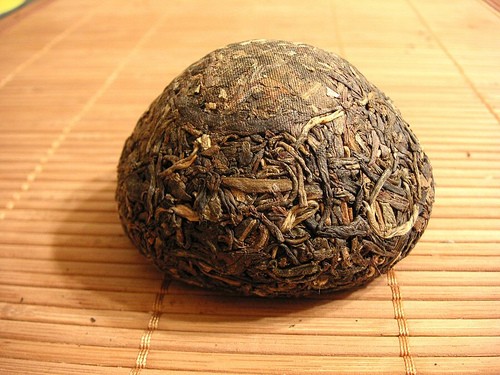
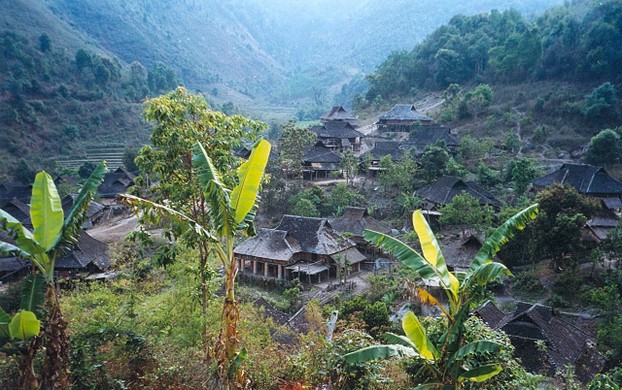
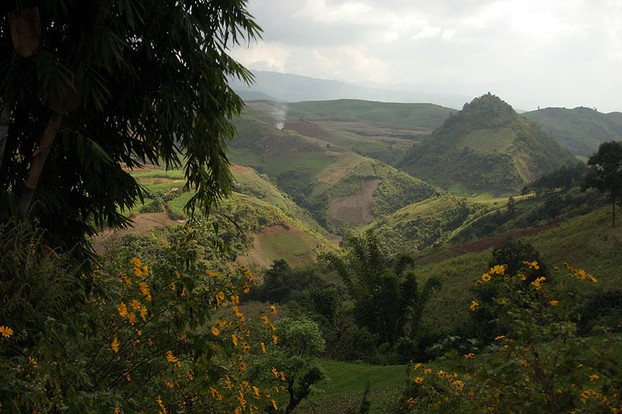
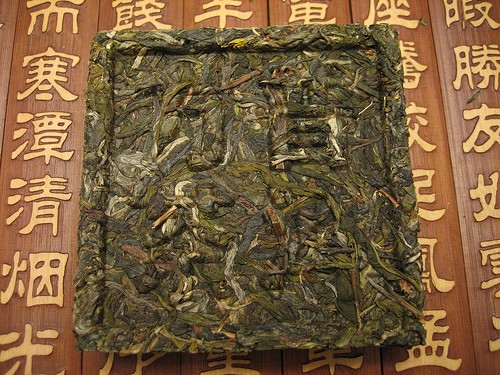
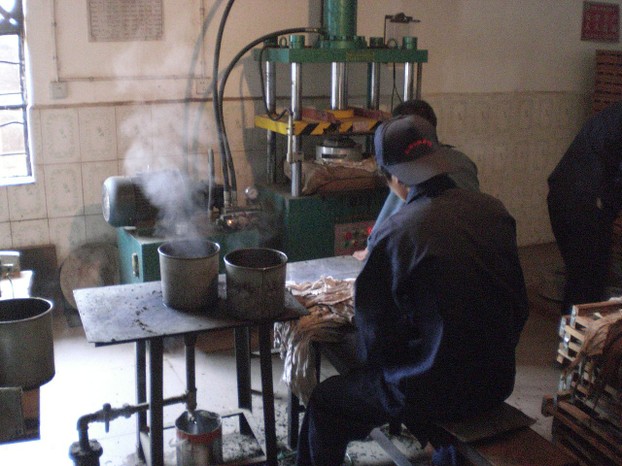
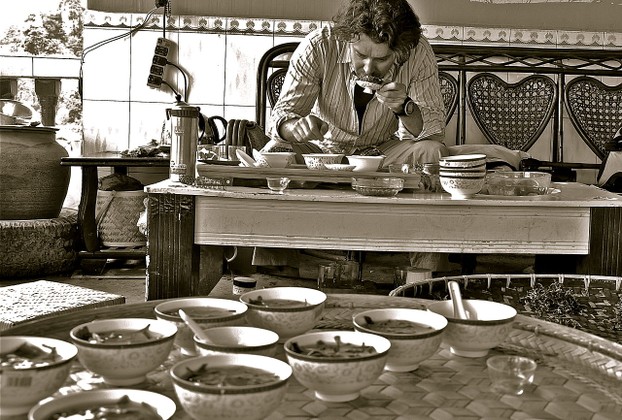
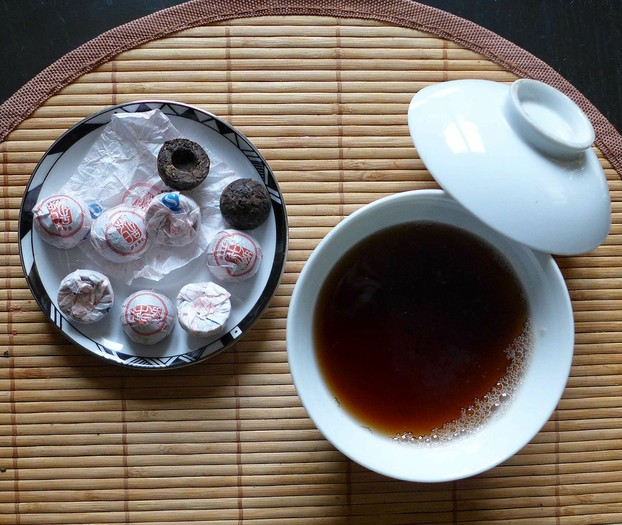
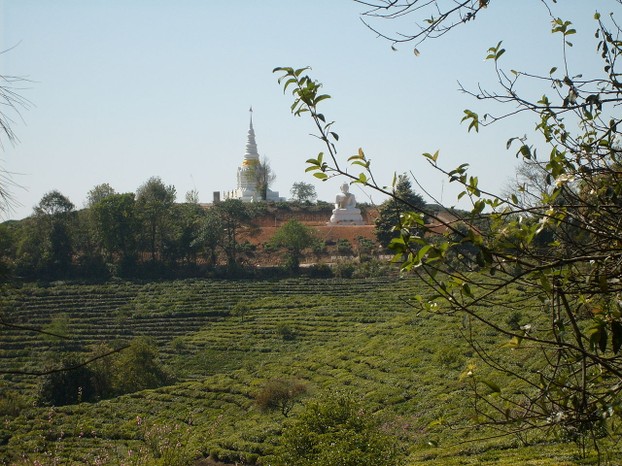






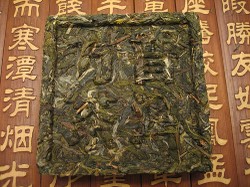

 Are Hawaiian Huakai Po Nightmarchers Avenging Halloween Thursday?on 10/02/2024
Are Hawaiian Huakai Po Nightmarchers Avenging Halloween Thursday?on 10/02/2024
 Mailing Addresses for 2023 Form 4868 Extending 1040 and 1040SR April 15, 2024, Due Dateon 04/15/2024
Mailing Addresses for 2023 Form 4868 Extending 1040 and 1040SR April 15, 2024, Due Dateon 04/15/2024
 Mailing Addresses for 2023 Forms 1040 and 1040SR Filed in 2024on 04/15/2024
Mailing Addresses for 2023 Forms 1040 and 1040SR Filed in 2024on 04/15/2024
 Mailing Addresses for 2022 Form 4868 Extending 1040 and 1040SR April 18, 2023, Due Dateon 04/13/2023
Mailing Addresses for 2022 Form 4868 Extending 1040 and 1040SR April 18, 2023, Due Dateon 04/13/2023

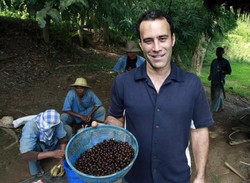
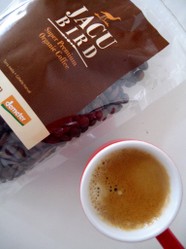
Comments
Mira, Puer tea is definitely an interesting tea. I also enjoy the world of tea: so many varieties!
Puer tea sounds interesting. It's funny how it's oxidized and yet still has important health benefits. I believe in learning and sampling many kinds of tea. Apparently it's better than other teas at fighting body fat.